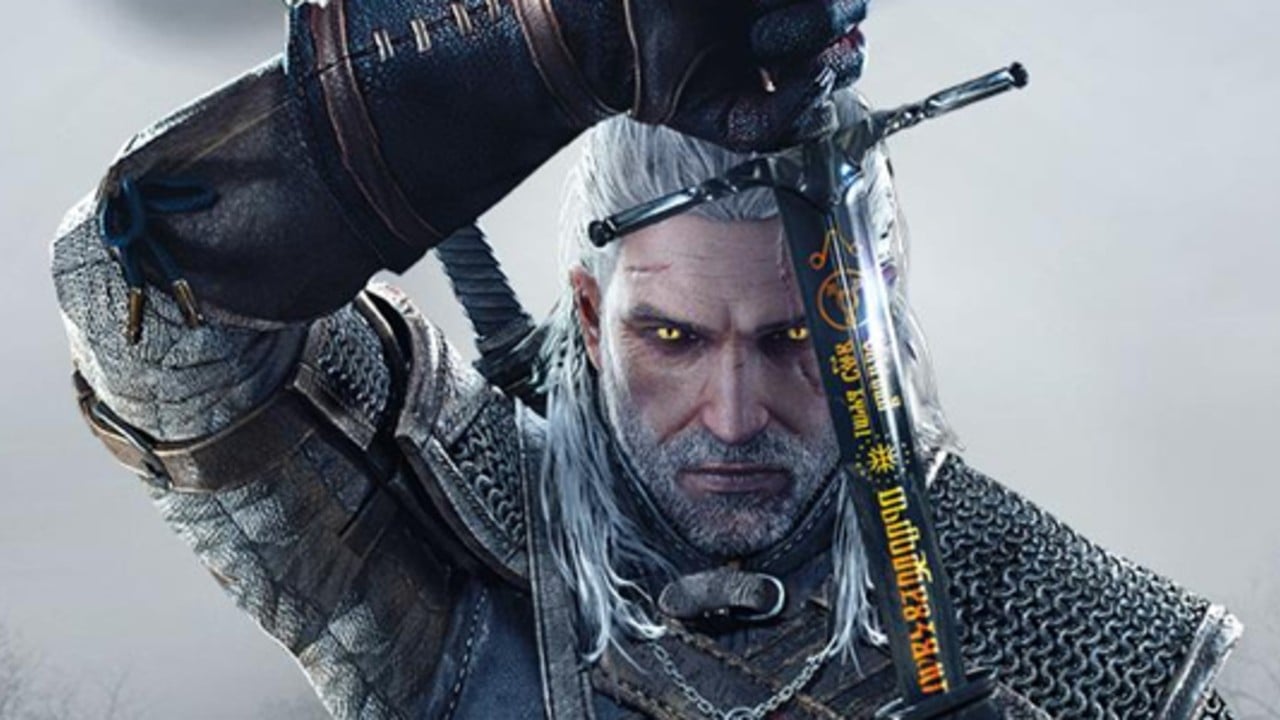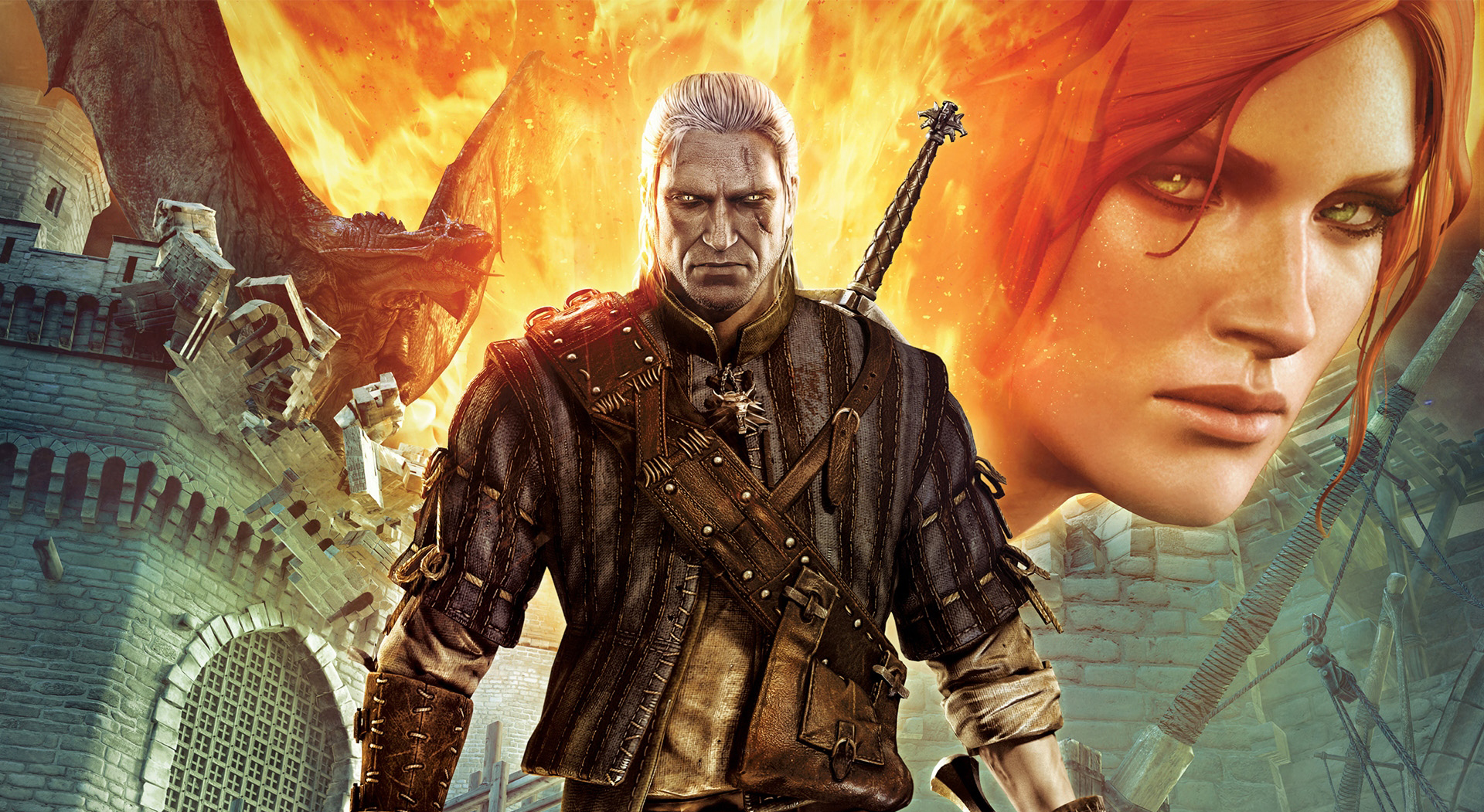

That doesn’t reflect the horrible truth in The Witcher that most monsters are resistant to weapons in the first place. Of course, if you miss badly enough, then you’ll need to check the fumble table to see what else happens to you. They’ll need to stabilise, be treated and given time to rest. It is not the case that once health is recovered the character is back to normal, no. In The Witcher RPG healing is a slow and multipart system. Thoughtfully, in the critical wound effects, you will also find the various healing stages. The more you beat your opponent by the higher the category of the critical wound. If you beat your rival’s defence by 7 or more, then you do a critical wound. Don’t worry, weapons have a Reliability rating too, so the logistics aren’t stacked against armour, but it does mean you have a lot to track.Ĭritical Wounds are different from Critical Hits. That’s not only useful in such a deadly world but helpful in a world where armour deteriorates with each damaging hit. You can effectively wear up to three layers of armour. The Witcher tabletop RPG has rules for layering armour. Hit location is essential not just for the damage modifier it determines but because armour is also locational (which is why you might want to wear that helmet after all and reduce your vision cone). If you land your hit, then you need to determine hit location (different from humanoids or monsters, of course) unless you called a location in advance and factored in the modifier.

With each strike, before you find out whether you’ve fumbled or not, you need to determine whether you’re doing non-lethal or lethal damage and which of the four possible damage types you might be doing in that category. That’s to say if you keep on rolling the magic number you keep on adding (or subtracting) to the roll. There’s a one-in-five chance, with each strike, that you will score either a critical hit or a fumble. Your vision cone is what you can see (easy to do on a computer game) and is determined by factors like whether your character is wearing a helmet.

First work out the initiative, including any initiative overrides (like fast draws), the line of sight, vision cone and facing. Let’s take combat as an excellent example of the unique blend of simulation and random. By RNG, random, I mean there are a lot of tables and a lot of chances for fate to throw you a curveball. I understand the extra push towards simulationist for this game as believable physics is often a big part of computer games. The Witcher is both a simulationist and an RNG RPG. I fear anything else risks turning what should be the delightfully dark fantasy world into a farce of page flipping and rules referencing. I would want my first acquaintance of The Witcher as a tabletop RPG to be as a player in a game with a GM who has at least a year experience of the rules. It’s not complicated but has very many parts and accompanying rules, and none of them seems trivial. Why not? This game is intimidatingly complex. I am not tempted to run The Witcher as a tabletop game, though, and this is my usual method of introducing a new RPG to my group. This is a review of The Witcher tabletop RPG from a roleplayer who is well aware of The Witcher computer game but who has never played it.Īs a result of reading, re-reading the 330+ pages of the tabletop game and playing through some scenes and melees I am now even more tempted by the computer game.


 0 kommentar(er)
0 kommentar(er)
